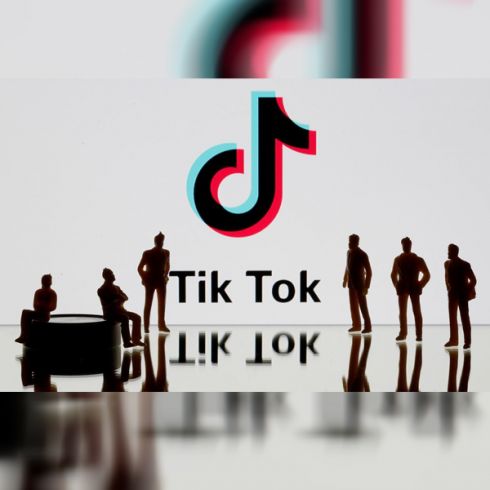
MUMBAI: Before coronavirus became visible to the world, RTÉ News ran a report on a novel new initiative by the Dublin Rape Crisis Centre. Using the combined efforts of 20 of Ireland's leading TikTok-ers, the #100Consent campaign aims to raise young people’s awareness of the importance of consent. With tens of thousands of Irish young people using the app every day, TikTok presents an effective, accessible way to get this important message across to a key demographic.
While Ireland’s young people are well-versed in TikTok, the same could not be said for many of us over the age of 25 until quite recently. Although hugely popular globally, the platform is most commonly associated with teenagers. But in the midst of a lockdown that has people craving distractions, TikTok videos are now popping up in many people’s social media timelines, irrespective of their age. These videos are often notable for the light relief they provide, from wholesome family dance montages, to reality tv style skits about coronavirus, to ingenius usage of the BBC Breaking News theme.
TikTok has many characteristics familiar to most social media platforms. Like Facebook and Instagram, the platform emphasises interpersonal connection. Users make and share videos, and respond to the videos of others. In essence, as with all social media, on TikTok it is a case of showing oneself to others and observing as they do the same.
Participation involves another social media standard: making our friendship networks and various aspects of our lives visible in ways they are not in the offline world. Depending on their identity and interests, users may also engage with particular communities and trends popular on the site at any given time. Like all social media, TikTok also has characteristics that are distinctive to it. Chief among these is the way the app enables users to incorporate music and sophisticated forms of editing to produce videos that can be highly engaging and narratively driven.
According to the research, TikTok represents the latest phase in a cultural and technological revolution that has been ongoing since the mid-noughties, when early social networking sites like Friendster and MySpace first emerged. This shift changed the very nature of the internet itself, as the world of chat rooms and freewheeling forums gave way to corporatised models of usership that dominate to this day. Of the ten most popular websites world-wide only one, Wikipedia, is run on a not-for-profit model. The rest, like Google and Facebook, make millions from the data users generate when engaging with their platforms.
Like its counterparts, TikTok is "free" to use. In reality, users are indirectly paying both through the data they create and the other ways that the platform relies on for its success. Human labour, creativity and attention are integral to the economic model TikTok and all social media companies rely on for profitability. Without the input of real human beings, no social media platform can hope to succeed.
As the popularity of TikTok has soared over the past year or so, greater attention has been paid to the downsides of the app. A December 2019 report by Check Point Research, an organisation that monitors cyber threats, questioned the security of the app after uncovering a number of vulnerabilities. These vulnerabilities would have enabled hackers to, for example, make users’ private videos public and to access users’ personal information stored on the site. TikTok addressed these vulnerabilities in light of Check Point’s findings but questions still remain about the site’s security and ethics.
A recently published investigation by news organisation The Intercept reported that TikTok moderators had been advised to suppress videos of users deemed unattractive and/or poor in order to maintain the aspirational aesthetic management regarded as critical to the app’s phenomenal growth. In response, TikTok claimed that such vetting - which it says no longer takes place - was designed to preempt bullying of vulnerable users. Still, questions persist about the app’s transparency (or lack thereof) and how it treats and even censors’ content, not least because it remains in the ownership of the Chinese firm, ByteDance.
How long TikTok’s popularity will last remains to be seen. While platforms like Facebook, Instagram and Twitter endure, many social media sites have fallen by the wayside over the years. In the fast-moving world of digital technology, there is always a new kid on the block waiting to snap the crown off older contenders. Just ask Bebo or Vine. When using TikTok, we should also be mindful of issues like security and who gets to be seen - or not - on the platform. Like all social media, we can enjoy it while thinking critically about it too.